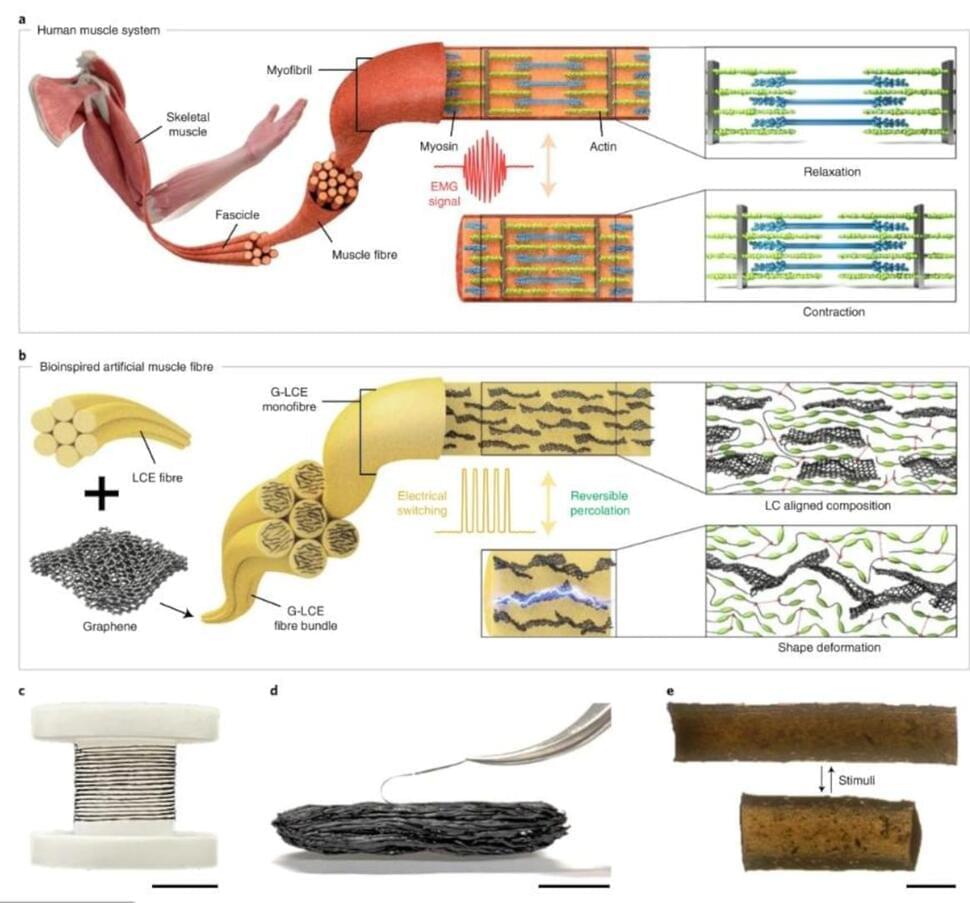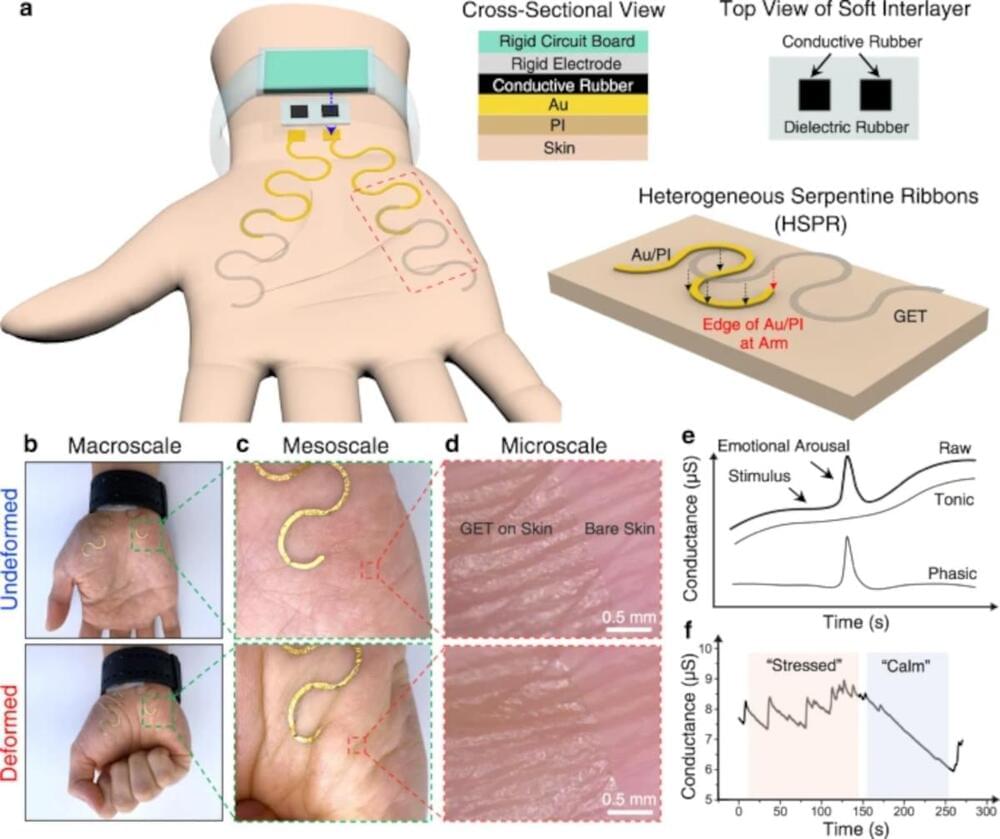I’ve looked at quite a few of the Planck base units, and I’ve even worked them out mathematically, but today I’m going to look at one of the derived units and I’ll compare it to some other things to see how big or small this is. Today then I’m going to be looking at the Planck Density. Let’s find out more.
Before we start, we need to know what density is. Density is a measure of how tightly packed a material is. In other words, how much stuff is packed into a certain volume of space.
To work out density then we need a formula, and units. To work out density we use the following formula, density and that is denoted by the greek letter rho equals mass divided by volume. The SI unit of density is kilograms per metre cubed. So now that we know what density is and we have our units, time to see how dense different materials are and then compare that to the Planck density, which is very dense indeed. At the end I’ll show you where the numbers come from. We’ll start off by looking at some very un dense things and work our way up.
Video where I derive the Planck units mathematically.
Chapters.
0:00 Introduction.
0:15 What is Density?
1:30 The Density of Space.
3:05 Air Density.
4:05 Saturn.
4:45 Water.
5:23 The Planets.
7:18 Metals.
9:07 Stellar Objects.
13:40 The Planck Density







